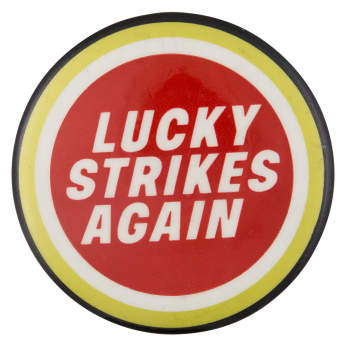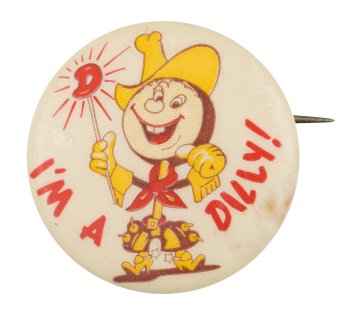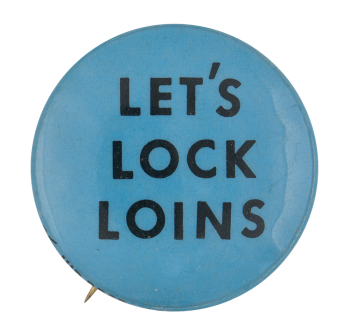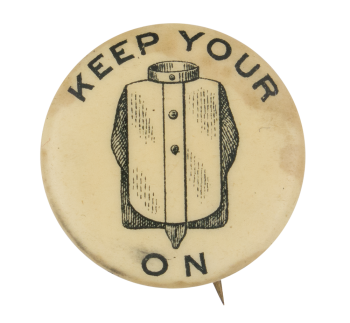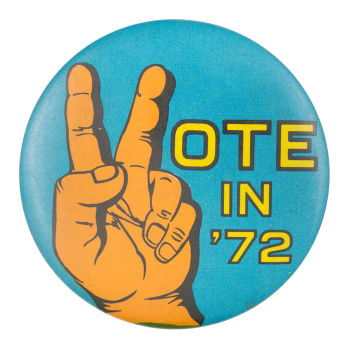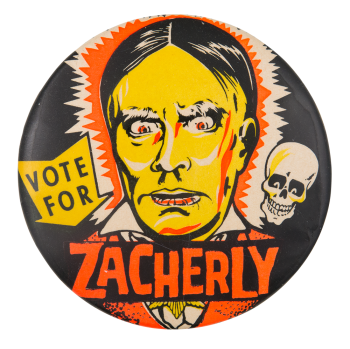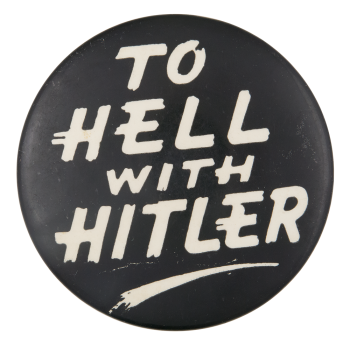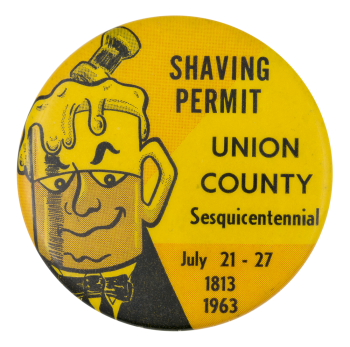Lucky Strikes Again
| Category | |
|---|---|
| Additional Images | |
| Sub Categories | |
| Text on Button | LUCKY STRIKES AGAIN |
| Image Description | White text inside a red circle with white, yellowish-green and black concentric circles. |
| Curl Text | N.G. SLATER CORP., N.Y.C. 11 (union bug) |
| Back Style | |
| The Shape | |
| The Size | |
| Year / Decade Made | |
| The Manufacturer | |
| Additional Information | The American Tobacco Company introduced Lucky Strike cigarettes in 1916, acquiring its name from a chewing tobacco that originated in 1871. In the 1930s, it was the best-selling cigarette in the United States, controlling 39 percent of the market in 1931. However, sales dwindled as smokers sought filtered cigarettes. In the 1980s, Lucky Strike had less than 1 percent of the market. The company introduced a new filtered, low-tar cigarette with the advertising slogan “Lucky Strikes Again” aimed at male smokers ages 21 to 35 in the early 1980s. In the 2000s and 2010s, the company saw an uptick in sales, which some have tied to the television drama Mad Men. In the show, Lucky Strike is the client of a New York City advertising agency, and the cigarette is frequently smoked by many characters. Lucky Strike sold 23 billion packets of cigarettes in 2007 when the series first aired. In 2012 the company sold 33 billion. |
| Sources |
Kleinfield, N.R., (1982, October 21). Lucky Strike’s Comeback Bid. The New York Times. Retrieved from http://www.nytimes.com/1982/10/21/business/lucky-strike-s-comeback-bid… Pow, Helen. (2013, September 23). Mad Men sparks cigarette sales boom for Lucky Strike with 10 Billion more packs sold last year compared to when series first aired. Daily Mail. Retrieved from http://www.dailymail.co.uk/news/article-2429980/Mad-Men-sparks-cigarett… |
| Catalog ID | AD0729 |

